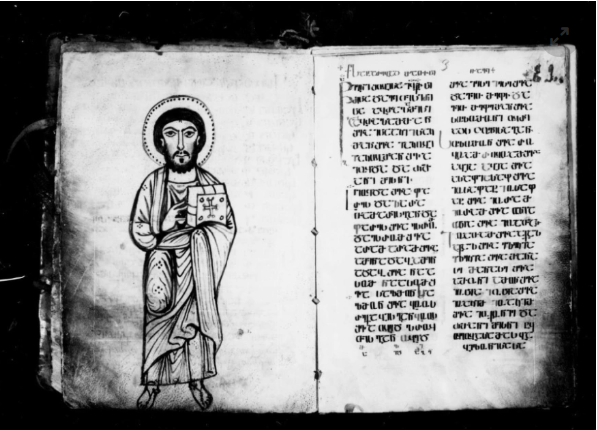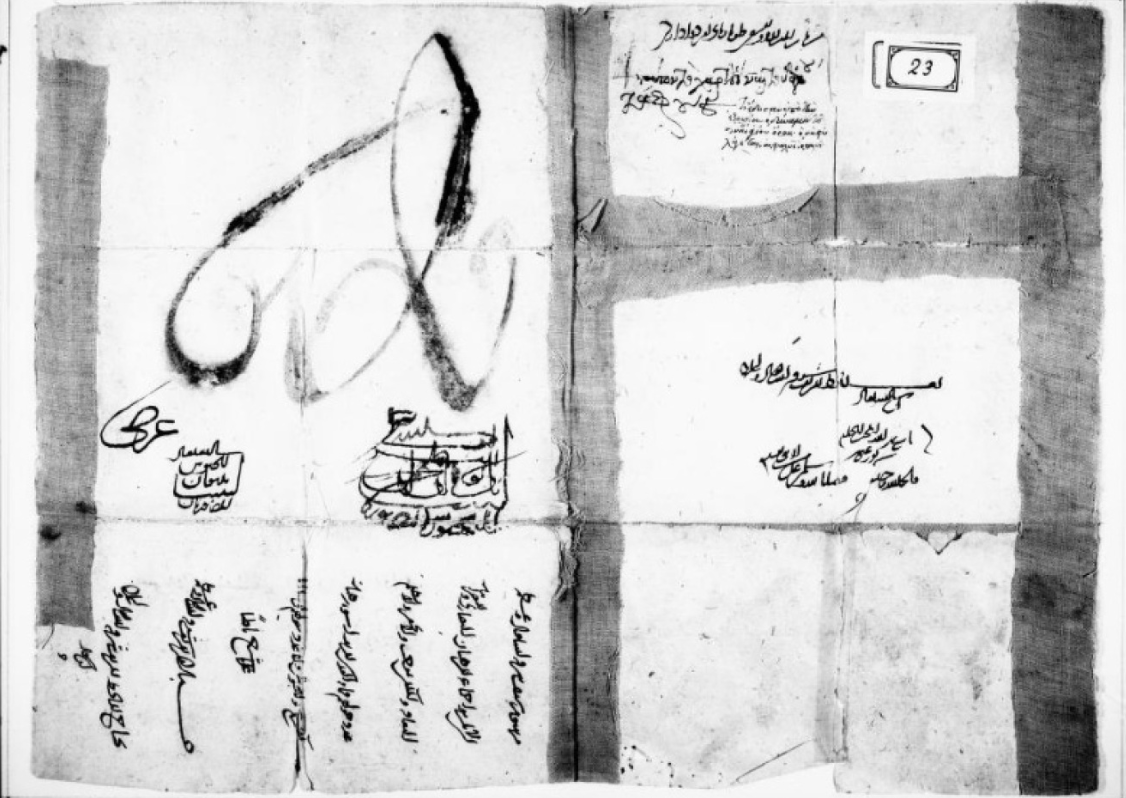The “treasure” of the Sinai in the US Congress: The mission, the recording and the studies
- Written by E.Tsiliopoulos
Since the middle of the last century, some of the most valuable manuscripts of ancient Greek literature have been available in digital form at the Library of the US Congress, thousands of miles away from their birthplace.
Although the US Congress has not taken a position regarding the rapid developments surrounding the case of the Monastery of St. Catherine on Mount Sinai, nevertheless since the middle of the last century, some of the most valuable manuscripts of ancient Greek literature, and of antiquity as a whole, have been available in digital form, having been photographed, at the Library of the US Congress, thousands of miles away from their birthplace.
The Monastery of Saint Catherine on Mount Sinai, built by the Byzantine Emperor Justinian I in the late sixth century AD, is home to the oldest continuously operating library in the world. The manuscripts it holds, both religious and secular, rank the Sinai library second only to the Vatican collection, as it includes everything from Bibles, patristic works, liturgy and prayer books, to a range of legal documents, such as deeds, court cases, and fatwas (legal opinions). Of these, the largest percentage of the manuscripts were copied into Greek, and then into Syriac, Georgian, Coptic, Armenian, Arabic, Ottoman Turkish and Ethiopic, as well as Old Church Slavonic.
The fame of this unique collection of original manuscripts did not take long to cross the Atlantic, so that in 1949, Kenneth W. Clark led an expedition to the Middle East, under the auspices of the Library of the US Congress and its collaborators, to microphotograph old manuscripts in various libraries of the Middle East, the largest and most isolated of which was that of St. Catherine.
“This Greek Orthodox refuge nestles in the sandy stream in great isolation from the world, within the security of high, strong walls that have been erected to protect it from Muslim attacks in previous centuries. “Since the triumphant days of the Holy Roman Empire, Christian hermits have found their way here in great numbers,” Clarke wrote in an article, explaining that in addition to religious texts, “the operation resulted in 2,500 miniatures, a large proportion of which are new to science. Manuscripts of secular content were found in variety and number, and these minority types were fully microfilmed. They include the fields of grammar and lexicography, medicine, law, history, geography, philosophy, astronomy, mathematics, and musical theory. They include the classic works of Homer, Euripides, Libanius, Plutarch, and others.”
In addition, the Library of Congress team evaluated all 3,300 manuscripts kept at the Monastery of St. Catherine at Sinai and selected 1,687 for filming. Furthermore, the team also prepared, under Clark’s guidance, a “Manuscript Checklist” at the Monastery of St. Catherine at Mount Sinai, Microfilm for the Library of Congress (1950), which gave researchers access to both the microfilms of the manuscripts and the black-and-white slides. The microfilm collection is under the care of the Department of Humanities and Social Sciences, where it can be searched.
Since its inception, this material has been so widely used by scholars around the world that the Library has now digitized the microfilms to facilitate their use by scholars worldwide. At the same time, the manuscript descriptions, as found in the Checklist, have also been revised and updated. Clark’s team also selected 1,284 illustrations from 113 manuscripts to be photographed in 4 x 5 inch black and white. These are listed on pages 22-32 of the “Checklist.” They have not yet been digitized, but are available to researchers in the Prints and Photographs Division of the Library of Congress.
Related items
-
 REIMAGINE TOURISM 2025: Greek success story in tourism a reference point for many countries, according to UN Tourism Secretary-General
REIMAGINE TOURISM 2025: Greek success story in tourism a reference point for many countries, according to UN Tourism Secretary-General
-
 2nd Greek Youth Diaspora Symposium, entitled “Diaspora Dialogues: Connecting Young Voices around the world” (Athens, 25-28.11.2025)
2nd Greek Youth Diaspora Symposium, entitled “Diaspora Dialogues: Connecting Young Voices around the world” (Athens, 25-28.11.2025)
-
 Yiannis Galatsanos (Diffraqtion): The Greek founder who swept the Slush 100 and raises millions from the US and Europe
Yiannis Galatsanos (Diffraqtion): The Greek founder who swept the Slush 100 and raises millions from the US and Europe
-
 Antiquities smuggling ring: Professor caught with a large number of antiquities and his collaboration with a Bulgarian tycoon
Antiquities smuggling ring: Professor caught with a large number of antiquities and his collaboration with a Bulgarian tycoon
-
 Actress Matsouka and Tennis star Tsitsipas in legal heat over traffic misdeeds
Actress Matsouka and Tennis star Tsitsipas in legal heat over traffic misdeeds
Latest from E.Tsiliopoulos
- REIMAGINE TOURISM 2025: Greek success story in tourism a reference point for many countries, according to UN Tourism Secretary-General
- 2nd Greek Youth Diaspora Symposium, entitled “Diaspora Dialogues: Connecting Young Voices around the world” (Athens, 25-28.11.2025)
- Yiannis Galatsanos (Diffraqtion): The Greek founder who swept the Slush 100 and raises millions from the US and Europe
- Antiquities smuggling ring: Professor caught with a large number of antiquities and his collaboration with a Bulgarian tycoon
- Actress Matsouka and Tennis star Tsitsipas in legal heat over traffic misdeeds




